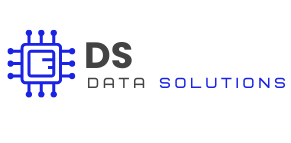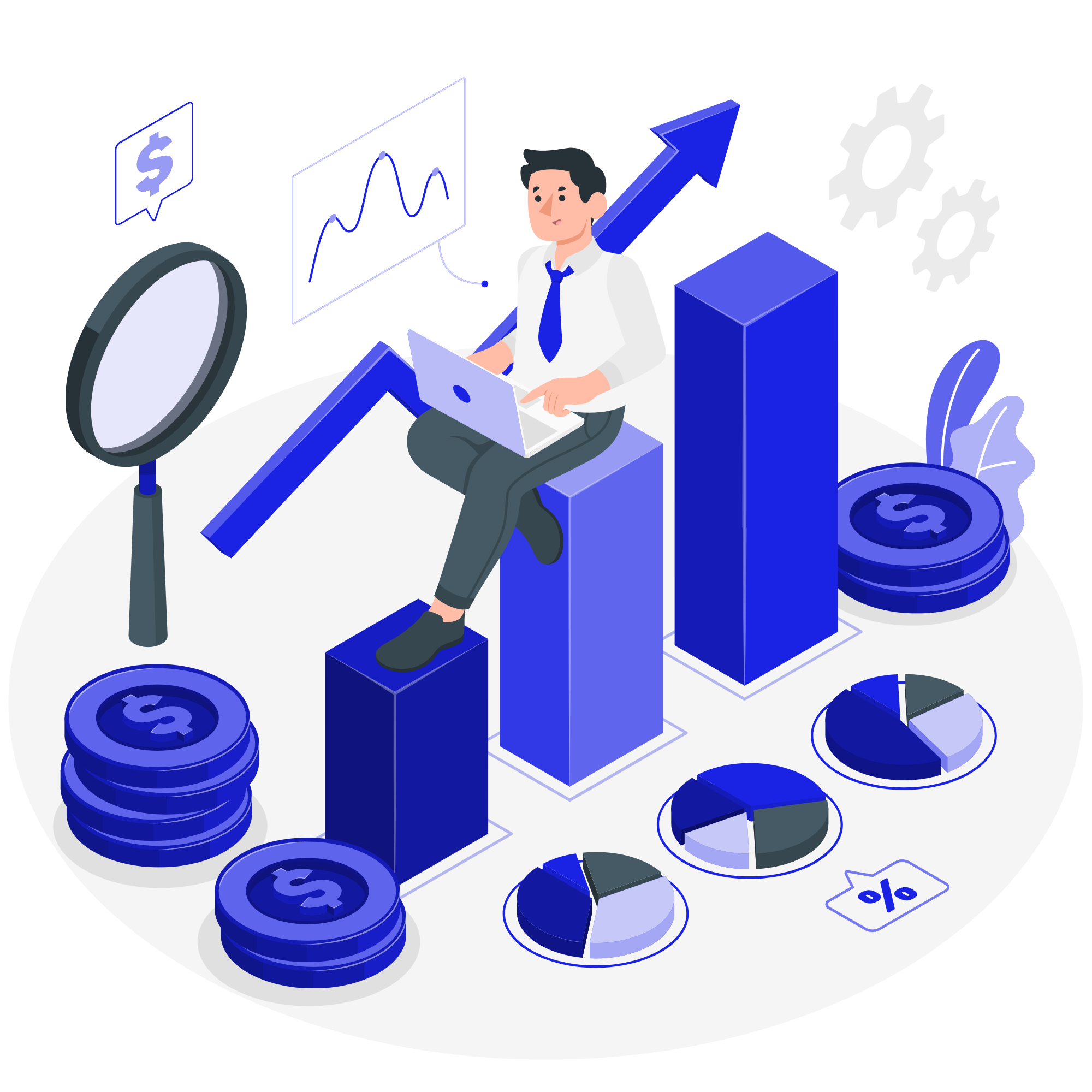Introduction
In today’s fast-paced business environment, staying ahead of potential risks is crucial for maintaining stability and ensuring long-term success. From regulatory changes to negative press and emerging market threats, businesses face a myriad of challenges that can impact their operations, reputation, and profitability. Web scraping has emerged as a powerful tool for risk management, allowing companies to proactively monitor and identify threats before they escalate. In this article, we’ll explore how businesses can leverage web scraping for effective risk management, providing insights for risk managers, compliance teams, and business executives.
The Role of Web Scraping in Risk Management
Risk management involves identifying, assessing, and mitigating potential threats that could negatively impact a business. Traditionally, this process has relied on manual monitoring and reactive strategies. However, with the advent of web scraping, businesses can now automate the collection of data from various online sources, enabling real-time monitoring of potential risks. This proactive approach allows businesses to identify and address threats before they materialize, reducing the likelihood of adverse outcomes.
How Web Scraping Can Identify Potential Risks
Web scraping can be used to monitor a wide range of online sources for potential risks, including regulatory updates, news articles, social media discussions, and industry reports. Below are some key areas where web scraping can play a vital role in risk management:
1. Monitoring Regulatory Changes
Keeping up with regulatory changes is essential for compliance and avoiding legal pitfalls. However, tracking these changes manually can be time-consuming and prone to errors. Web scraping allows businesses to automate the monitoring of regulatory websites, government portals, and legal publications to stay informed about new laws, regulations, and compliance requirements.
How to Do It:
- Regulatory Websites: Use web scraping to collect data from regulatory bodies’ websites, such as updates on new laws, changes to existing regulations, and compliance deadlines.
- Legal Publications: Scrape data from online legal journals and publications to stay informed about legal trends, court rulings, and legislative developments that could impact your business.
Example: A financial services firm could use web scraping to monitor regulatory updates from the Securities and Exchange Commission (SEC), ensuring that they remain compliant with the latest financial regulations.
2. Identifying Negative Press
Reputation is a critical asset for any business, and negative press can have a significant impact on a company’s brand image and customer trust. Web scraping can help businesses monitor news outlets, blogs, and social media platforms for mentions of their brand, allowing them to quickly identify and address any negative press.
How to Do It:
- News Websites: Scrape data from news websites and online publications to track mentions of your company, executives, or products. This allows you to stay ahead of any negative stories that could affect your reputation.
- Social Media Monitoring: Use web scraping to monitor social media platforms for discussions about your brand. This can help you identify negative sentiment early and take steps to mitigate any potential damage.
Example: A consumer goods company could use web scraping to monitor news outlets and social media for negative reviews or mentions, enabling them to respond promptly and protect their brand reputation.
3. Tracking Emerging Market Threats
The business landscape is constantly evolving, with new market threats emerging regularly. Whether it’s a new competitor, changing consumer preferences, or economic instability, businesses must stay vigilant to protect their market position. Web scraping allows companies to monitor industry reports, competitor activities, and economic indicators to identify emerging threats and adapt their strategies accordingly.
How to Do It:
- Competitor Websites: Scrape data from competitor websites to track new product launches, pricing changes, and marketing campaigns. This helps you stay informed about competitive threats and adjust your strategy as needed.
- Industry Reports: Use web scraping to collect data from industry reports and market research studies, providing insights into market trends and potential disruptions.
Example: A technology company could use web scraping to monitor competitor activities and industry reports, allowing them to identify emerging threats, such as new entrants or disruptive technologies, and pivot their strategy accordingly.
The Benefits of Using Web Scraping for Risk Management
Implementing web scraping as part of your risk management strategy offers several key benefits:
- Proactive Threat Identification: By automating the monitoring of potential risks, web scraping allows businesses to identify threats early, giving them the opportunity to respond proactively rather than reactively.
- Comprehensive Coverage: Web scraping can collect data from a wide range of sources, providing a comprehensive view of potential risks that might otherwise go unnoticed.
- Cost and Time Efficiency: Automating the data collection process reduces the time and resources required to monitor potential risks, freeing up your team to focus on mitigation and response strategies.
Challenges and Considerations
While web scraping offers significant advantages for risk management, there are also challenges to consider:
- Data Quality and Relevance: Ensuring that the data collected through web scraping is accurate, relevant, and actionable is crucial for effective risk management.
- Legal and Ethical Compliance: Businesses must ensure that their web scraping activities comply with legal regulations and ethical standards, particularly when monitoring sensitive information or collecting data from competitors.
- Integration with Existing Systems: Successfully integrating web scraping into your risk management framework requires the right tools and expertise to ensure seamless data collection, analysis, and reporting.
Conclusion
Web scraping is a powerful tool that can significantly enhance your risk management strategy by providing real-time insights into potential threats. Whether it’s monitoring regulatory changes, identifying negative press, or tracking emerging market threats, web scraping enables businesses to stay ahead of the curve and respond proactively to risks. For risk managers, compliance teams, and business executives, leveraging web scraping as part of your risk management strategy can lead to more informed decision-making, better protection of your company’s reputation, and improved long-term success.
By incorporating web scraping into your risk management practices, you can ensure that your business is prepared to identify and mitigate threats before they have a chance to impact your operations.
Ready to Start Your Web Scraping Journey?
Ready to enhance your risk management strategy with web scraping? Explore our other articles on advanced web scraping techniques, or contact us to learn how our web scraping services can help you identify and mitigate potential risks.


